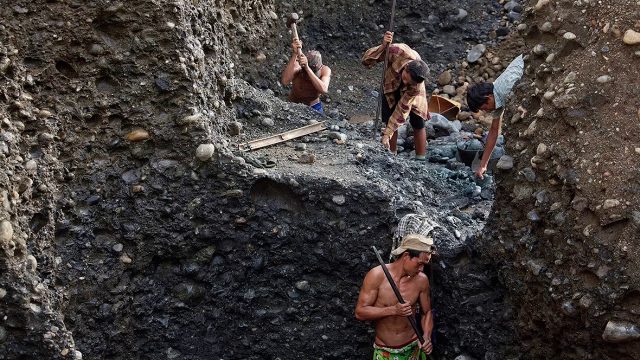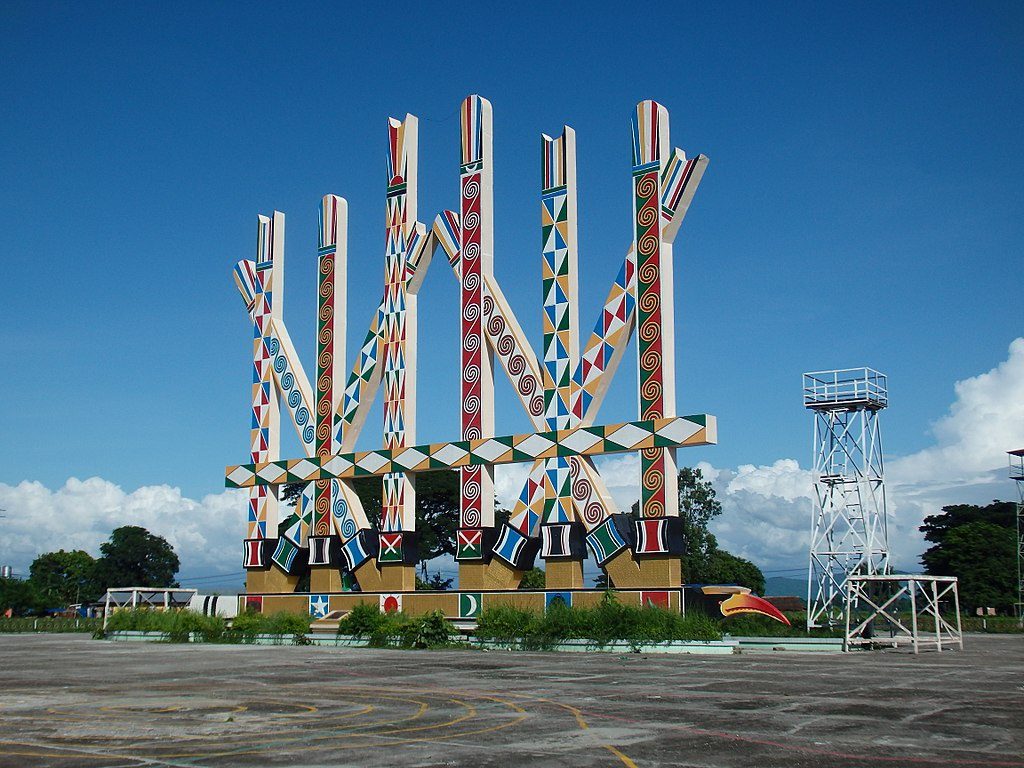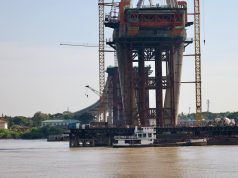Hpakan Jade Tract in Kachin State – 600 miles north of Yangon, the commercial city of Myanmar – is the best-known world’s largest source of jadeitite. The jadeite deposits found in Myanmar’s northern regions are the source of the highest quality jadeite in the world. More than 90% of the world’s high-quality jade industry comes from the Kachin state. Exporting the gemstones worldwide, Asian nations especially from China make up most of the outrageous demand on Myanmar.
The tragedies with Yemase gemstones will likely continue unless both companies implement the systematic development of the mine sites where they have undertaken deep excavations and created reservoirs and the government carries out or continues required legal processes whoever breaks the law.
To increase the exportation of gems, the government has permitted mechanical and intensive mining projects in addition to small-scale operations and artisanal mining in 1994. In late 2020, the federal and state governments began granting licenses to the companies and receiving applications from international firms to allow joint venture operations. As a result, the mining sites from local small-scale companies were plundered leading them to shift their attention to Yemase (crushed rock discarded by companies) gemstones as they have little capital to do with granted licenses.
The Hpakant event of over 200 Yemase gemstone scavengers killed in the collapse of waste mountains in 200-feet deep pits occurred this July is recorded as the country’s worst landslides along the six-year history surpassing the death toll of 160 in the 2015 accident. The Hpakan region reported this kind of deadly accident in the following years after the incident in 2015; the death of over 160 workers in 2016, over 110 workers in 2017, over 100 people in 2018 and over 110 people in 2019 with a record of 15 landslides within a year. As of writing, the jade discovery in the area has seen over 11 times of earthfall. Although the Hpakant region is renowned for its prime quality jades, lives of hundreds of miners are sacrificed on the lack of the technical skills of the government officials.
With loads of poverty on their shoulders, workers knowingly started the illegal and dangerous yemase mining through the dykes along the giant mounds of discarded earth that have been excavated by the heavy machinery of mining companies. According to available investigative reports, underserved minorities, unregistered freelance scavengers from other areas and drug-inflicted miners are usually found to be victims in deadly landslides. According to local news, similar landslides occurred in the old jade mining areas of Yadana Kyey, Kyauk Myat Shwe Kyi, Aya Yadana and Triple One jade companies in the Hway Kar village area of Hpa Kant. Though there are dozens of people dying every year from dumps of gem wastes, the government still fails to address it as an issue and in turn deaths are increasing year per year.
The former country manager to the Natural Resource Governance Institute, Maw Tun Aung, addressed the weak accountability of large-scale companies operating in the Hpakant area and the ineffective administration of state governments and regional governments, in a phone interview with Myanmar Insider. The tragedies with Yemase gemstones will likely continue unless both companies implement the systematic development of the mine sites where they have undertaken deep excavations and created reservoirs and the government carries out or continues required legal processes whoever breaks the law. He continually remarked the Hpakant landslide occurred in July as an accident with the highest number of deaths in a six-year time from 2015.
The new gemstone law lays down all the required objectives, rules and regulations towards sustainable and regulated jade mining. They include a provision for designation of gemstone tract and blocks in the legal reform that asked the companies to keep a vacant space between mine blocks. However, very few of these are observed. Maw Tun Aung shared his suggestions toward legal requirements in the mining industry, “the government officials should be substituting bylaws for legislation and for the action of the courts in the matter of eradicating jade extraction endangering human lives and reducing illicit jade trade throughout the border areas.”
As such, the international and domestic civil societies expressed criticism of the government leadership in the mining sector to resolve the on-going issue of accidental deaths in earthfall and landslide of jade mines According to the Extractive Industries Transparency Initiative (EITI), around 60-80% of gemstones mined in Myanmar are under-declared and traded outside the system. Global Witness, an international NGO, estimated the illicit trade of jade in Myanmar to be US$31 billion in its detailed report 2015. The report argues that many of large companies in the Kachin mining zone are connected to families of former generals, army companies, cronies and drug lords and are making tens or hundreds of millions of dollars a year through Hpakant. Illegal mining is allegedly to have taken place in the country for decades under the prolonged armed conflicts between ethnic armed groups and military. An investigating committee for the Hpakant landslide was formed with six government members led by the minister of natural resources and environment. Meanwhile, military investigations are also on the way and two high-ranking officers were fired for having “failed their responsibilities” for the landslide.
What will the jade mining sector hold in the future with trade-offs in people’s lives? The parties involved along the jade supply chain- government, business and labors- themselves are questionable. It is questionable if Yemase stones scavengers really got blinded by their greed due to extreme poverty. It is questionable if the companies would keep avoiding the lawful mining and maximizing their wealth by exploiting workers. All in all, it is yet to be seen if the government can tackle the humanitarian issues and remove the Hpakant jade tract from the list of most deadly mines in the world.
Translated by – Angela Lynn











